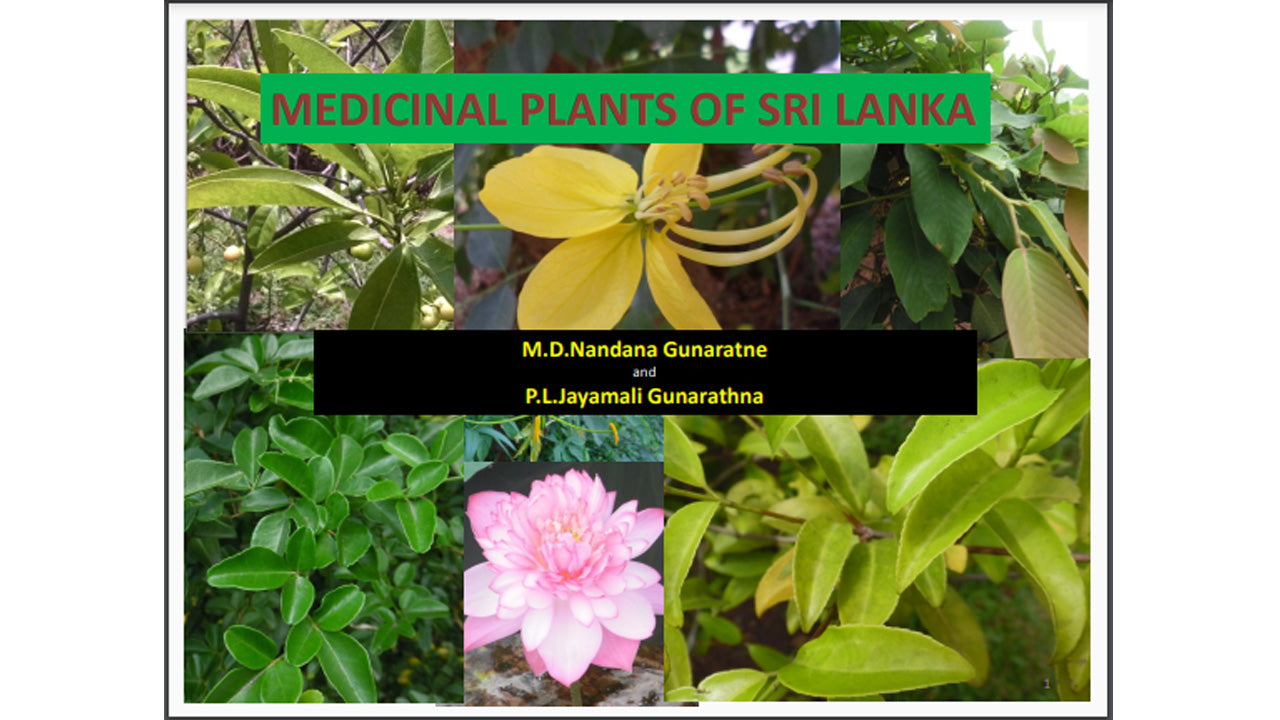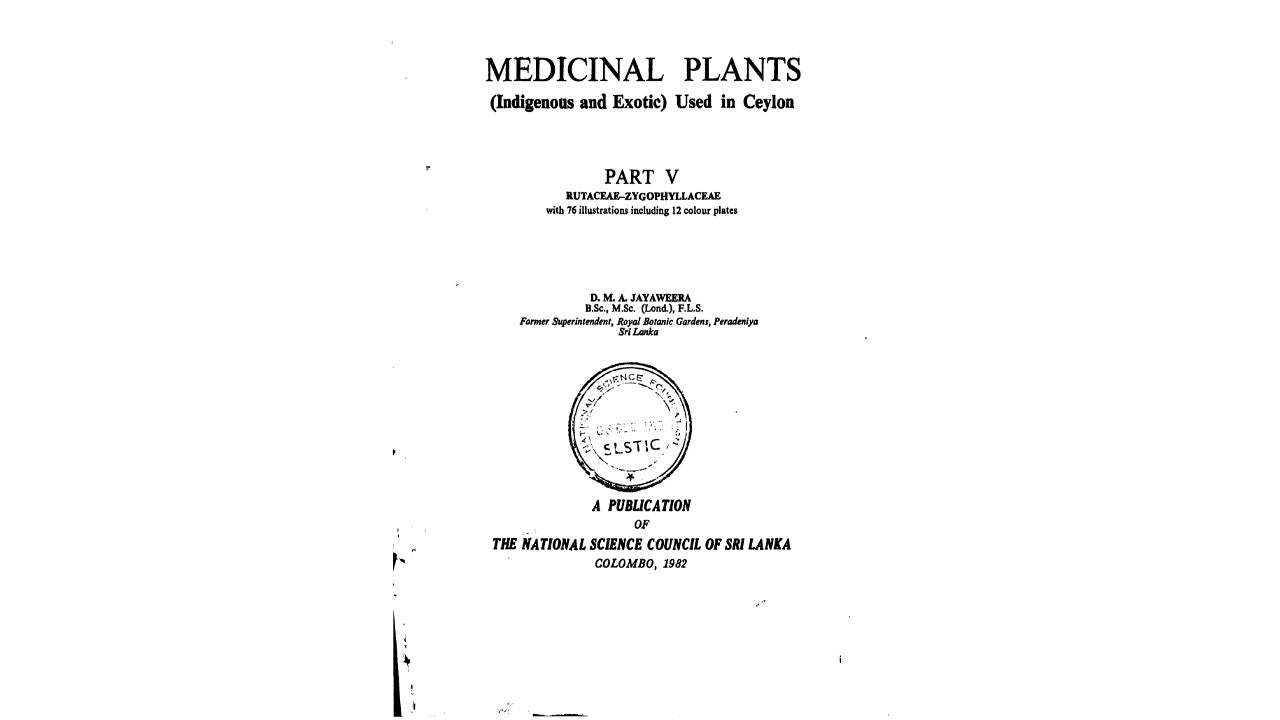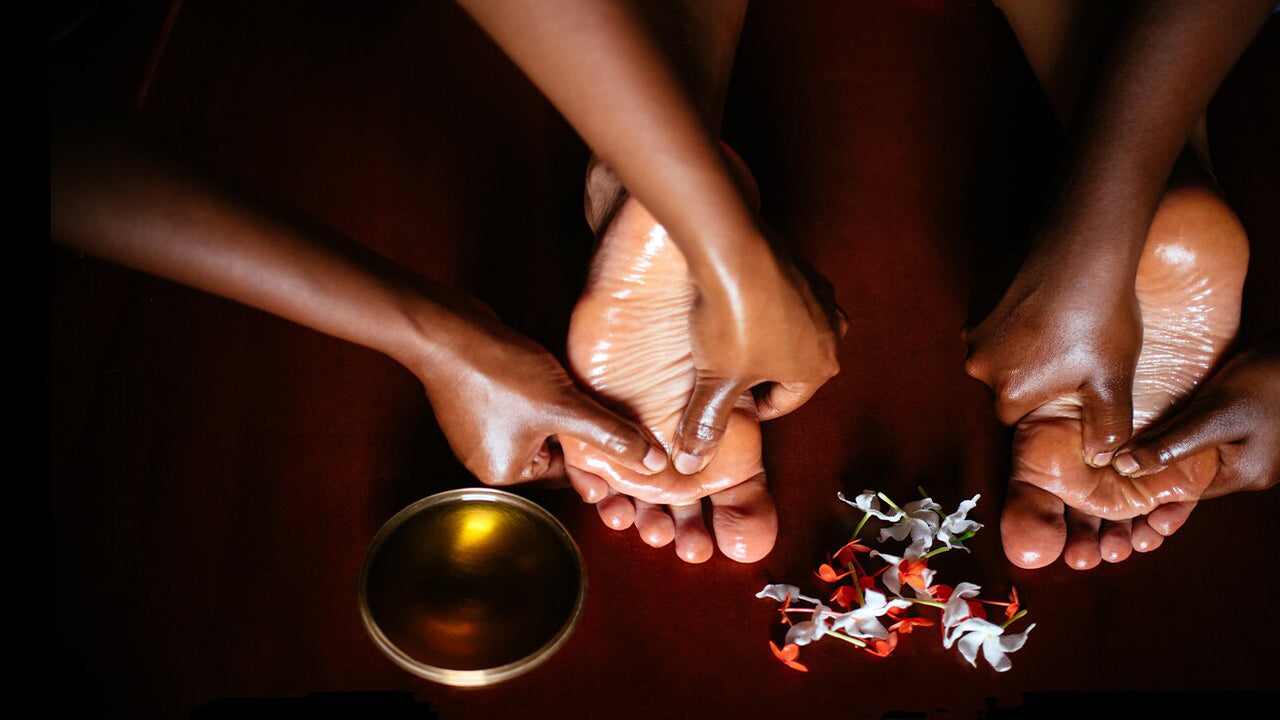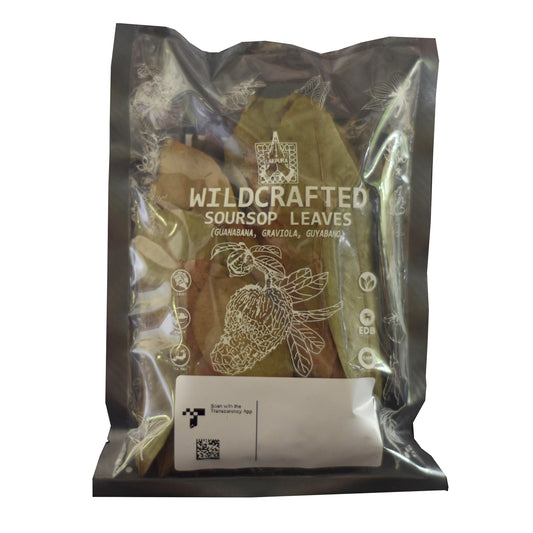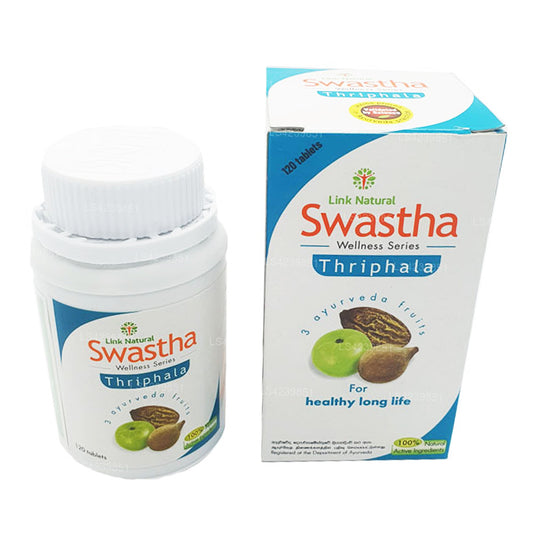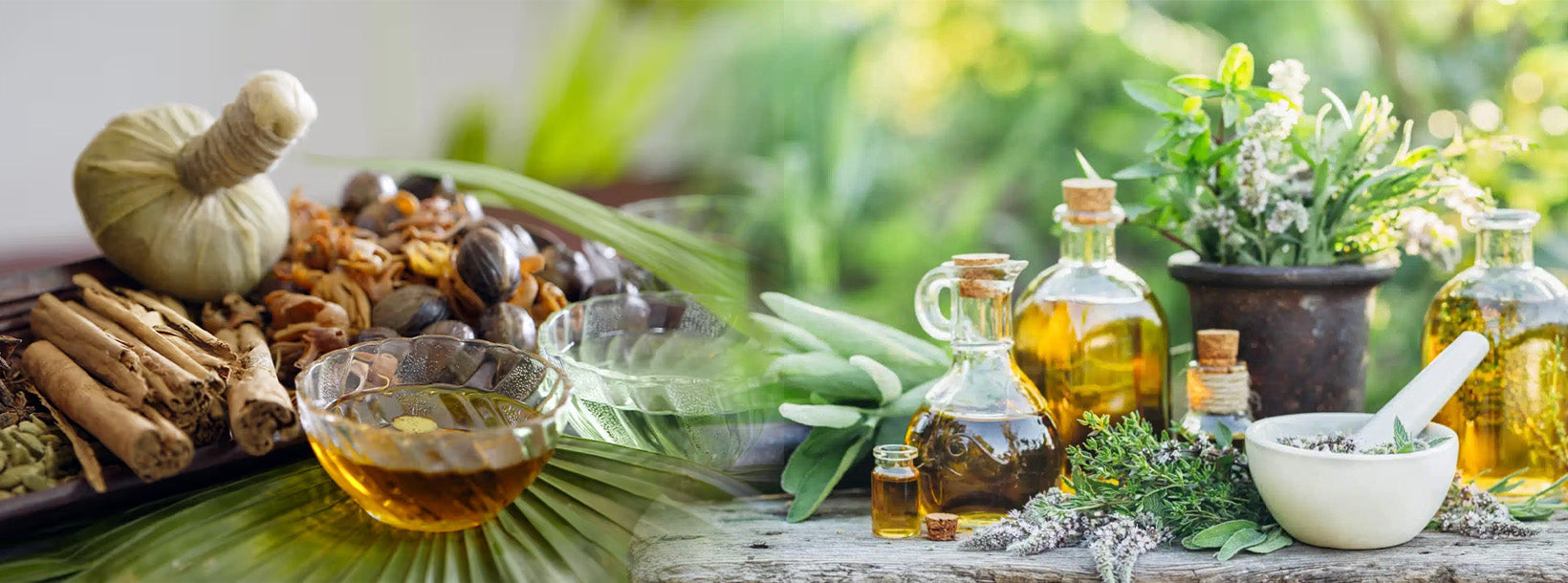
Ayurvedic Medicinal Plants
Sri Lanka's Ayurvedic tradition features a rich variety of medicinal plants used for centuries. Sri Lanka has a rich tradition of Ayurvedic medicine, drawing on its indigenous knowledge and a variety of medicinal plants. Here are some notable Ayurvedic medicinal plants found in Sri Lanka:
Trachyspermum roxburghianum
Trachyspermum roxburghianum (also known as Carum roxburghianum) is a flowering plant in the family Apiaceae. It is grown extensively in South Asia, Southeast Asia, and Indonesia. Its aromatic dried fruits, like those of its close relative ajwain, are often used in Bengali cuisine but are rarely used in the rest of India. The fresh leaves are used as an herb in Thailand and it is used medicinally in Myanmar and Sri Lanka.
Characteristics
The small dried fruits, commonly referred to as seeds, are similar in appearance to those of ajwain, celery, and caraway. Because of their similarity in both appearance and flavor, it is often confused or substituted with celery seed
Etymology
Known as radhuni in Bengali, is often confused with celery and is known as wild celery in English. It is known as ajmod in Hindi, both derived from Sanskrit ajamoda, from which the name for ajwain is also derived. It is also known as kant-balu in Burmese, and phak chi lom in Thai, although this name may also refer to a variety of celery.It is also known as in Sri Lanka.
Uses
It is a very strong spice, with a characteristic smell similar to parsley and a taste similar to celery. A couple of pinches can easily overpower a curry. In Bengali cuisine the seeds are used whole, quickly fried in very hot oil until they crackle.It is commonly used in the famous Bengali Dish "Shukto". They are sometimes part of a local panch phoron (Bengali five spice) mixture replacing black mustard seeds; the other ingredients are cumin seed, fenugreek seed, fennel seed, and Nigella Seed. In other places, a common use is in pickling or spice mixtures. It is commonly used as an herb for diarrhea, gastritis, loss of appetite, vomiting, abdominal distention, stomachache related to indigestion and also for worm diseases.
-
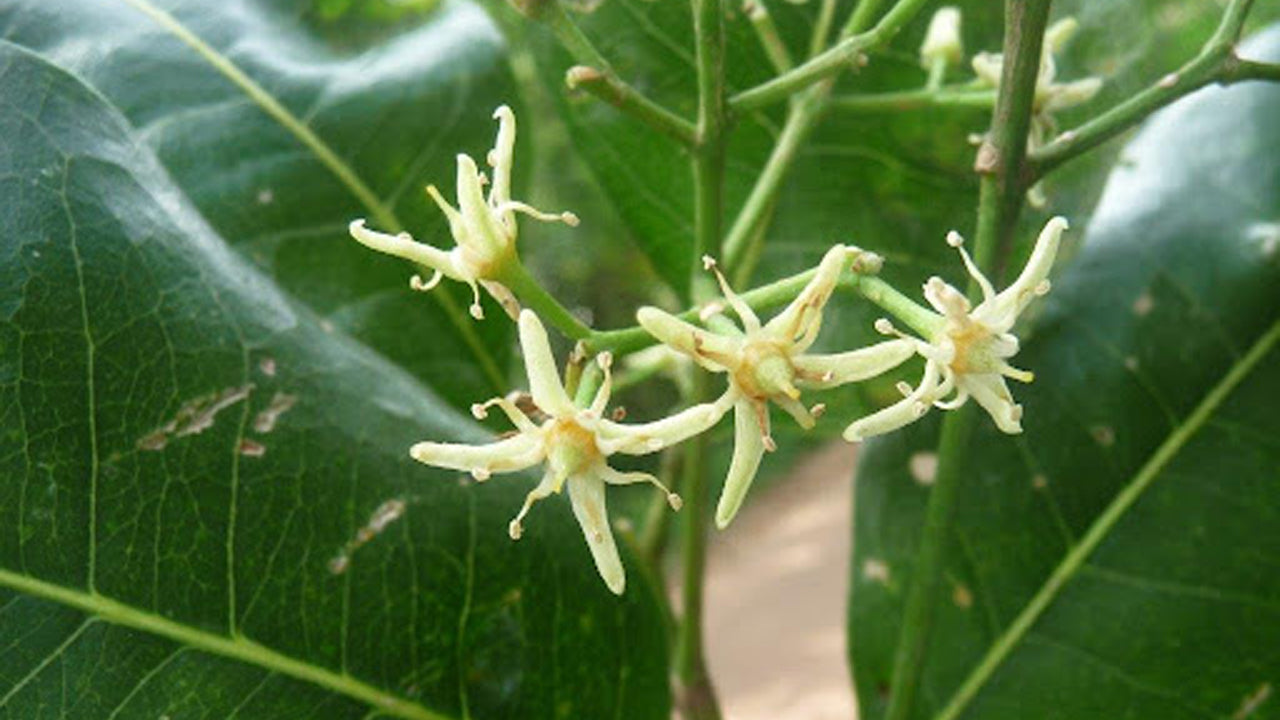
Claw-flowered laurel
Acronychia pedunculata -
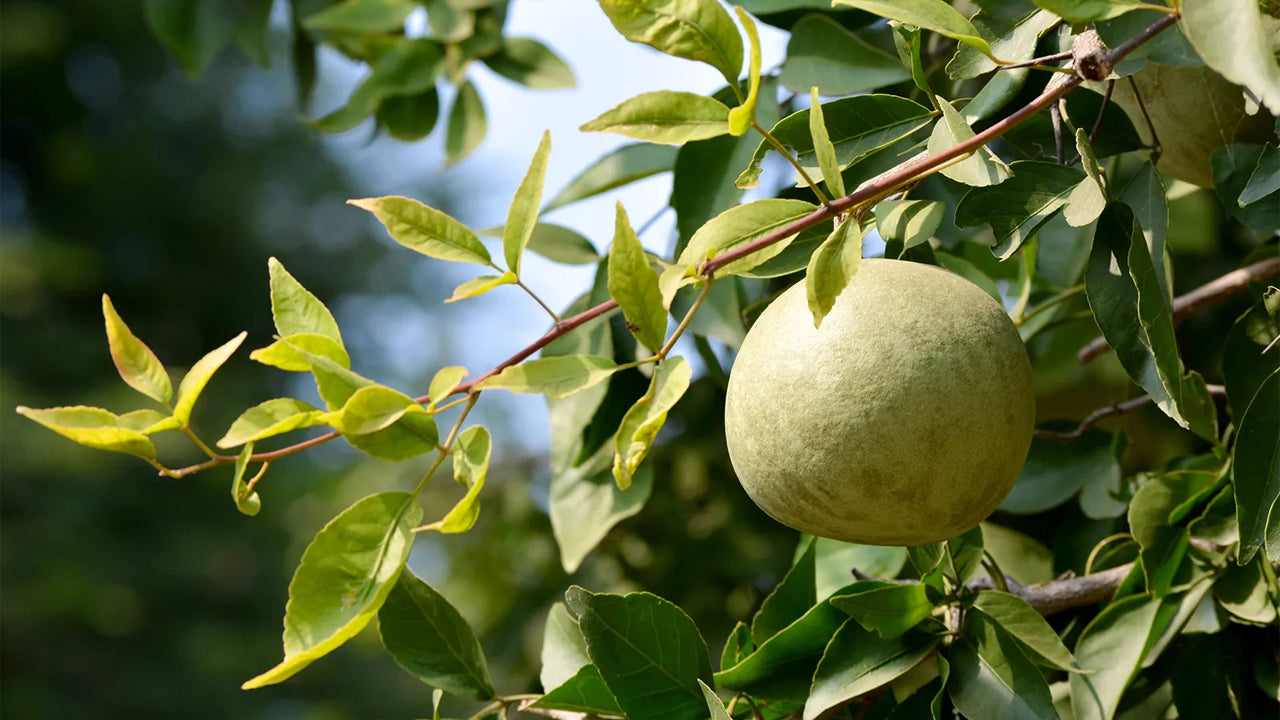
Bael
Aegle marmelos -
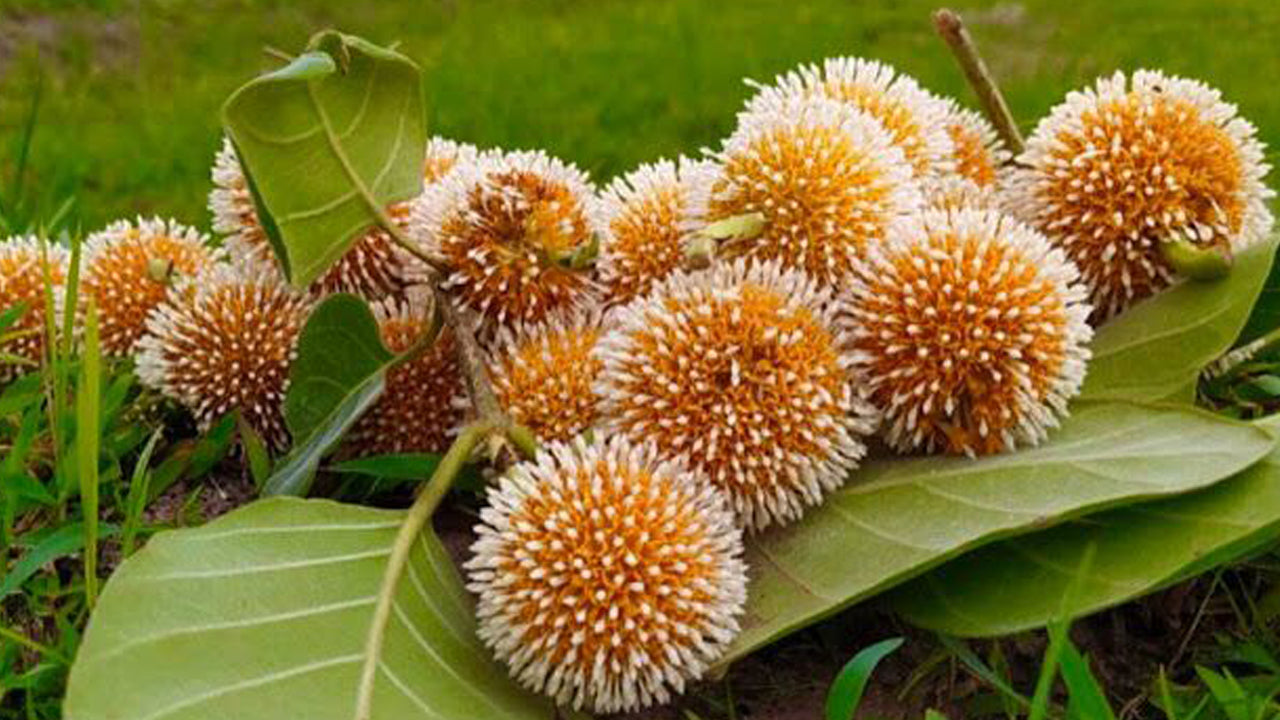
Leichhardt tree
Nauclea orientalis -
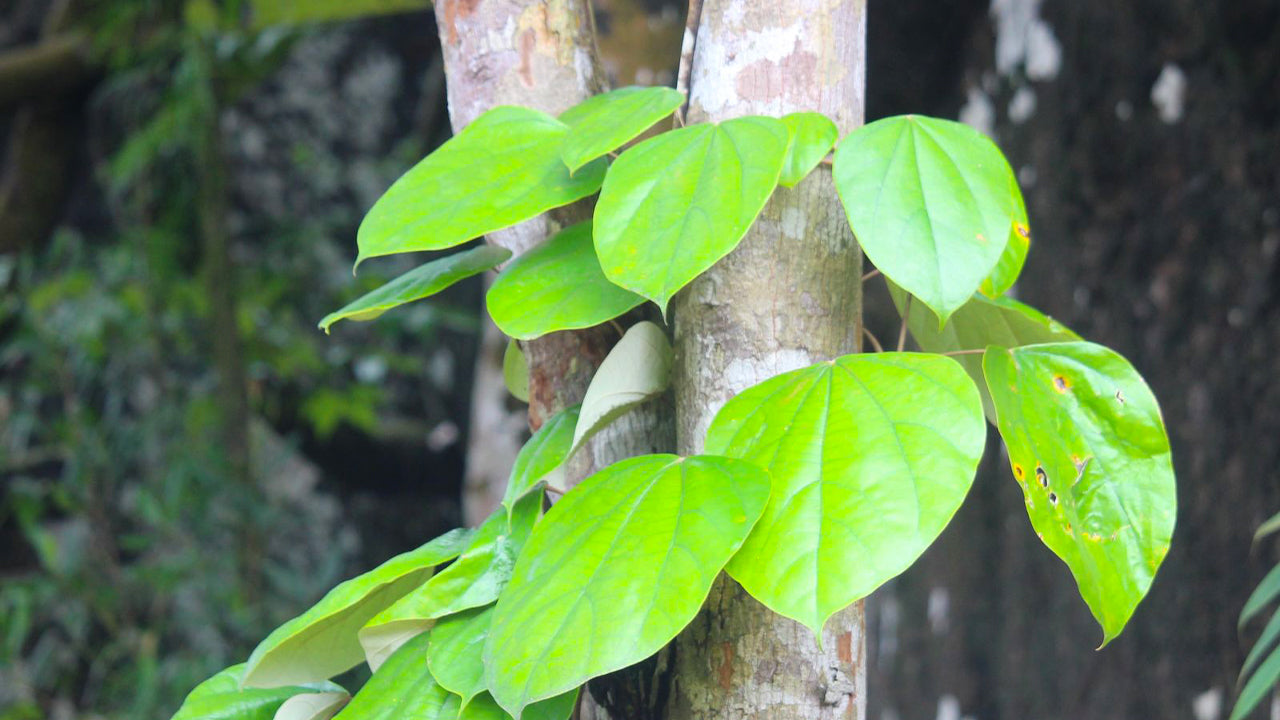
False Calumba
Coscinium fenestratum -

Malabar Gulbel
Tinospora malabarica -

Titberry
Allophylus cobbe -
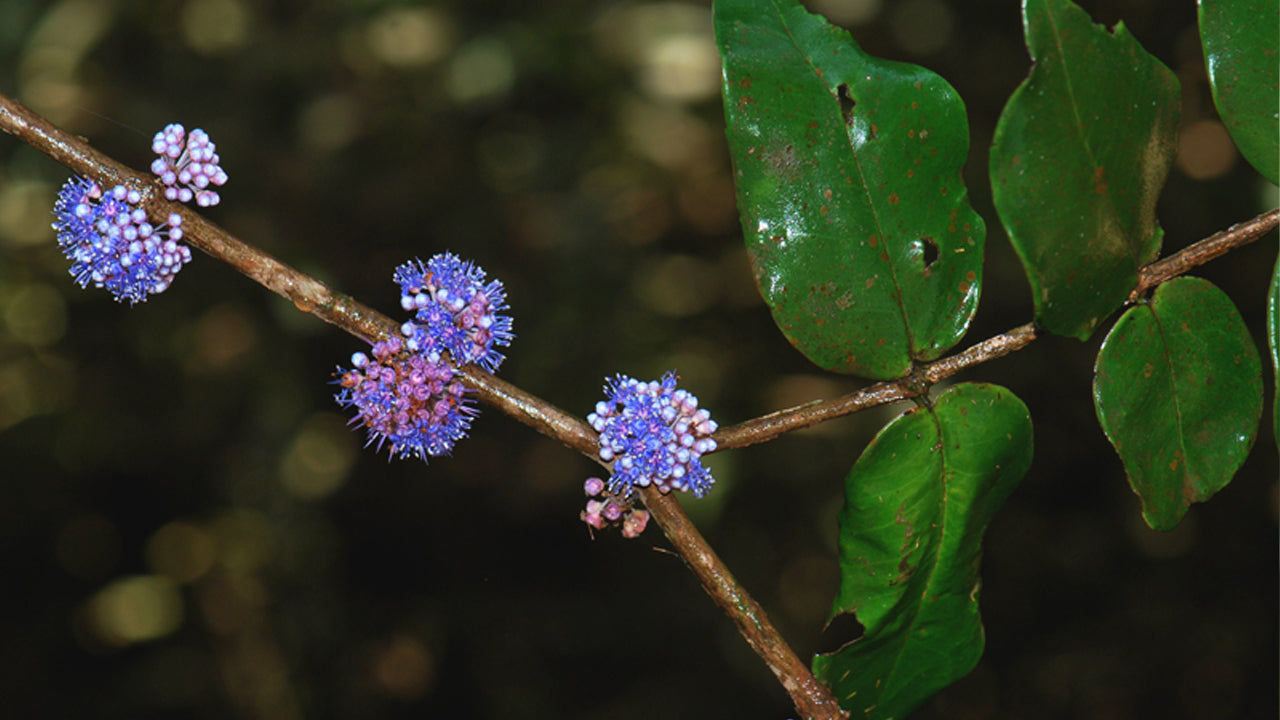
Ironwood Tree
Memecylon capitellatum -
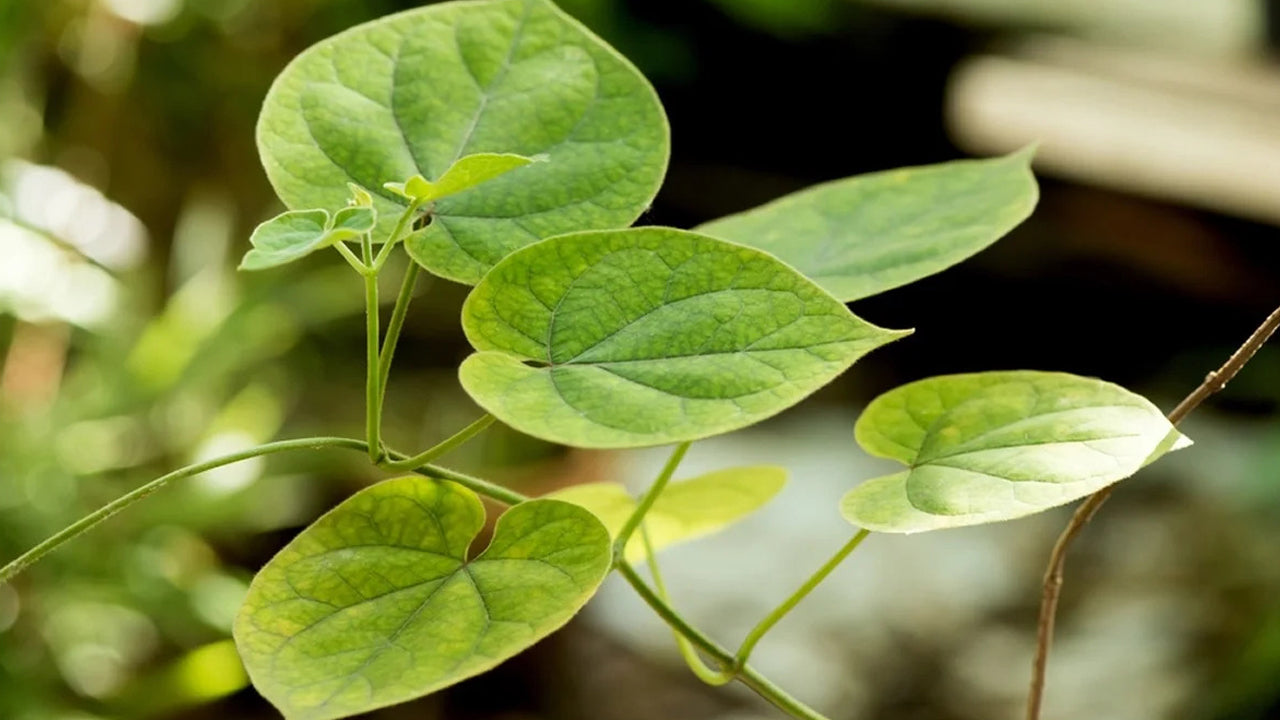
Velvet Leaf
Cissampelos pareira -
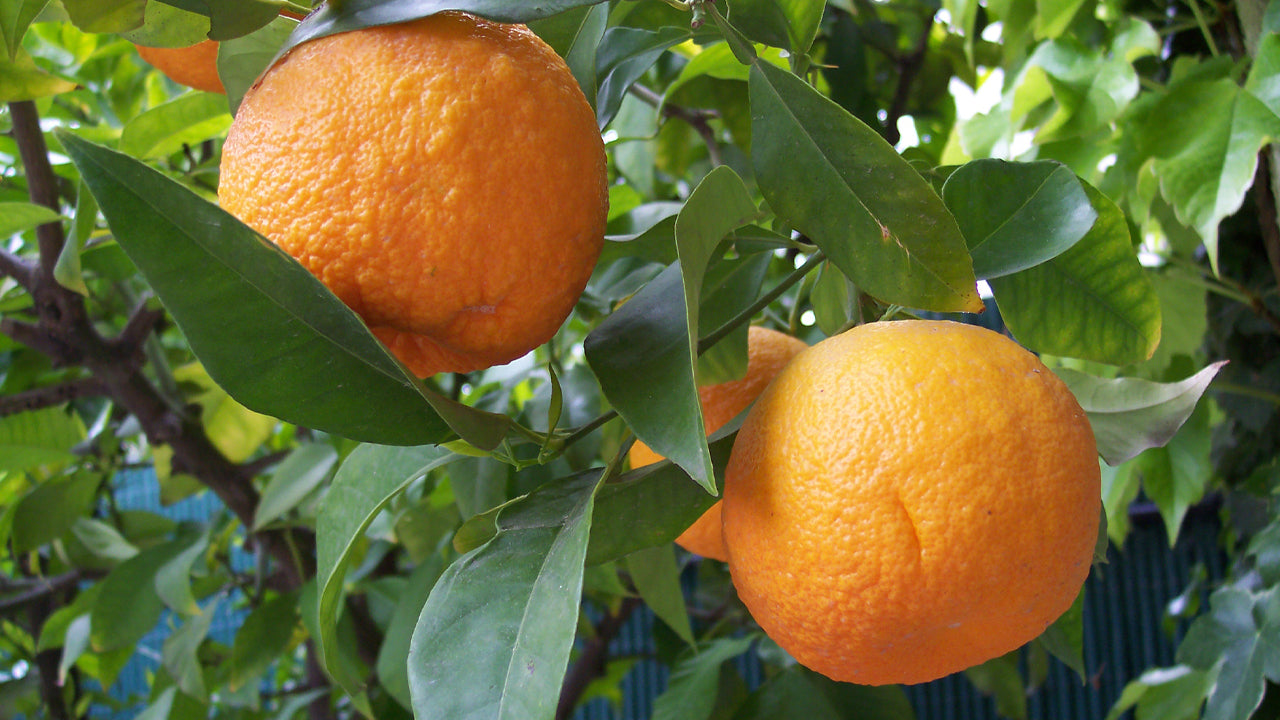
Bitter orange
Citrus aurantium -

Reinwardt's Tree Plant
Biophytun reinward -
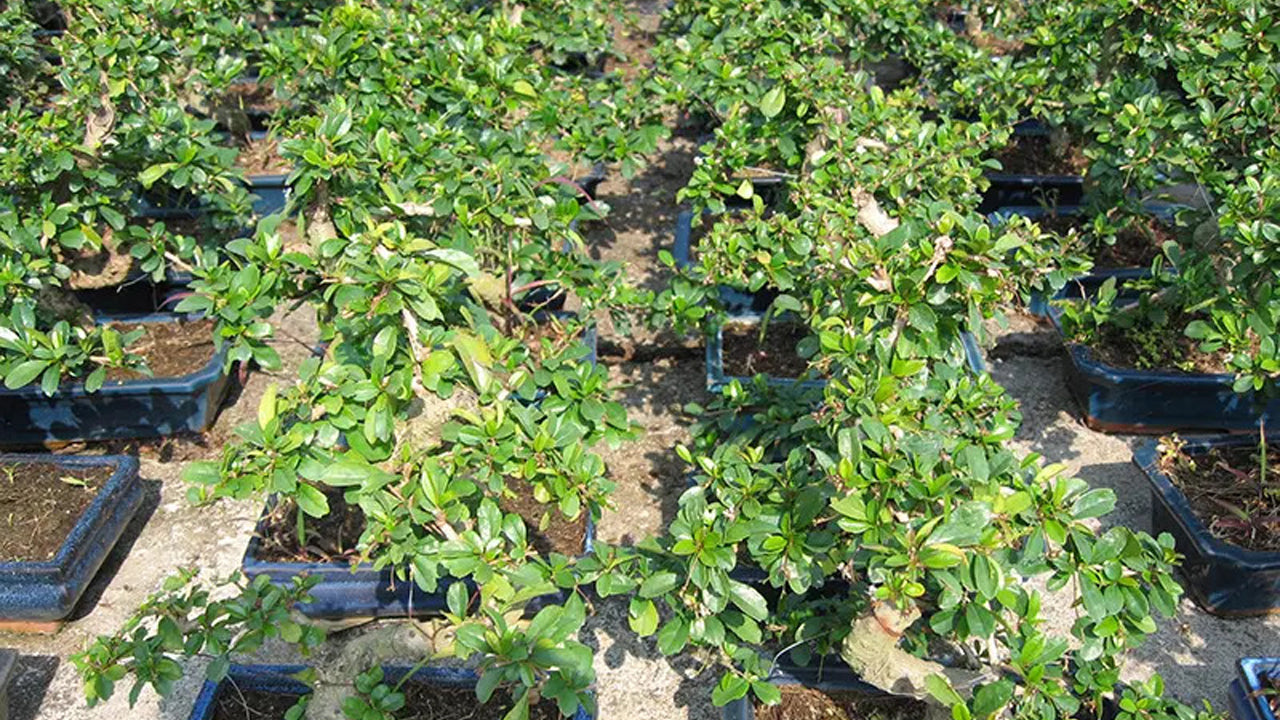
Fukien tea
Carmona microphylla -
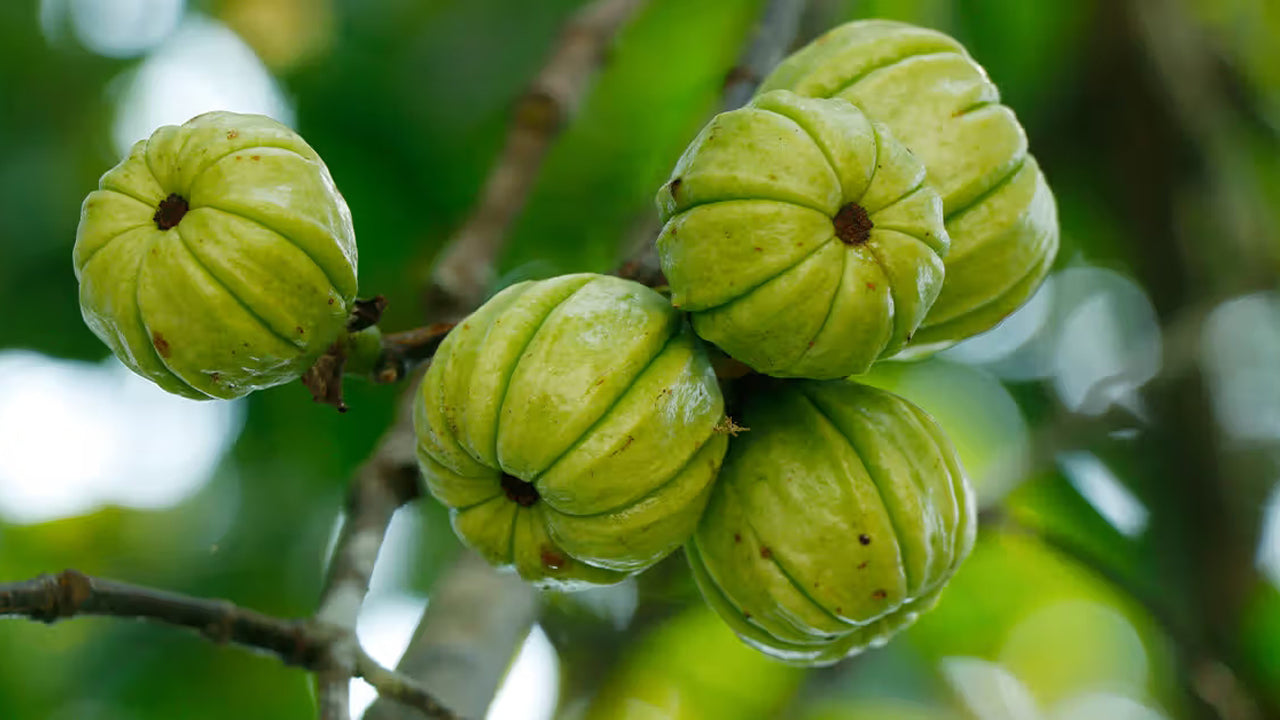
Malabar tamarind
Garcinia cambogia -
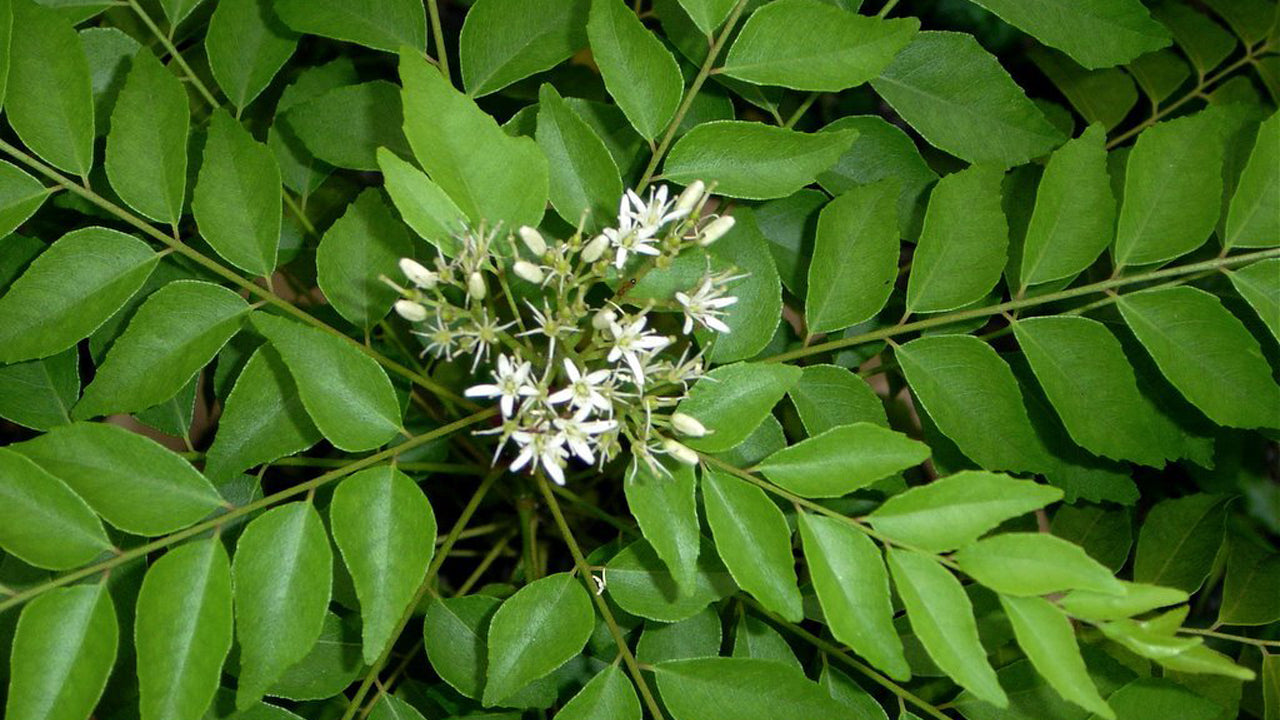
Curry leaf tree
Murraya koenigii -

Kappetiya
Croton laccifer -

Indian lilac
Azadirachta indica -
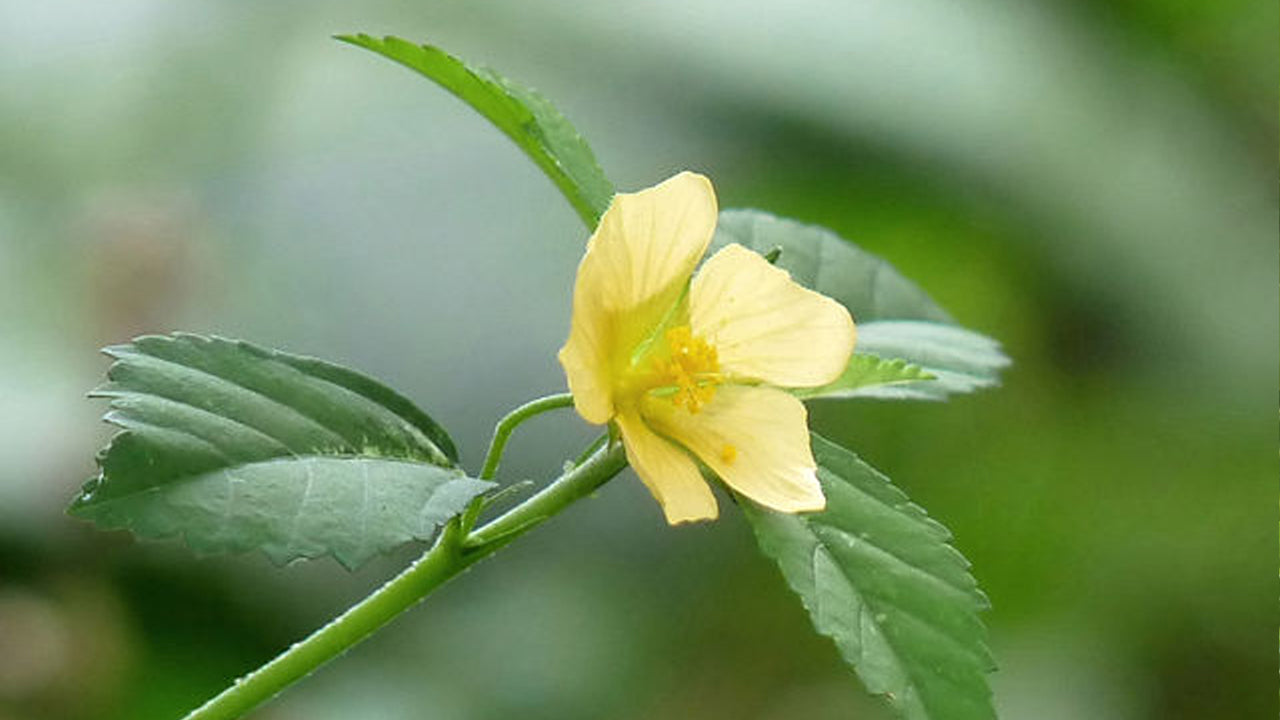
Spiny sida
Sida alba -
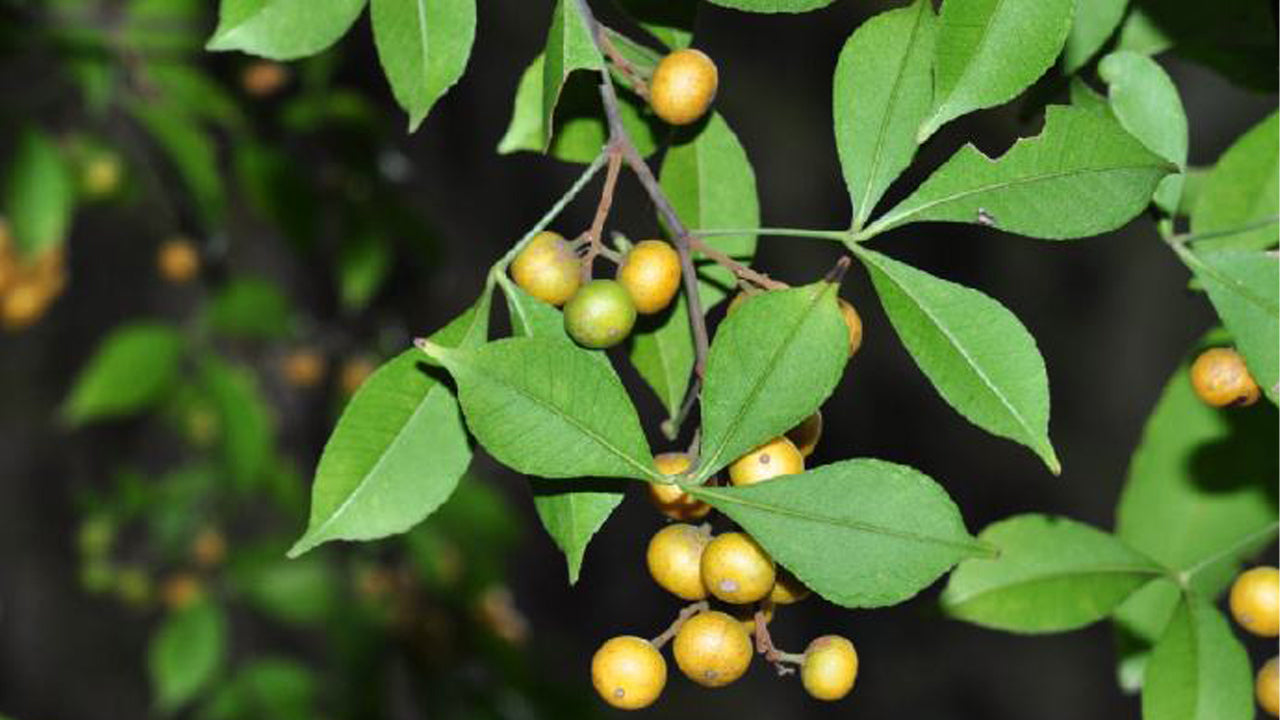
Orange climber
Toddlia asiatica -
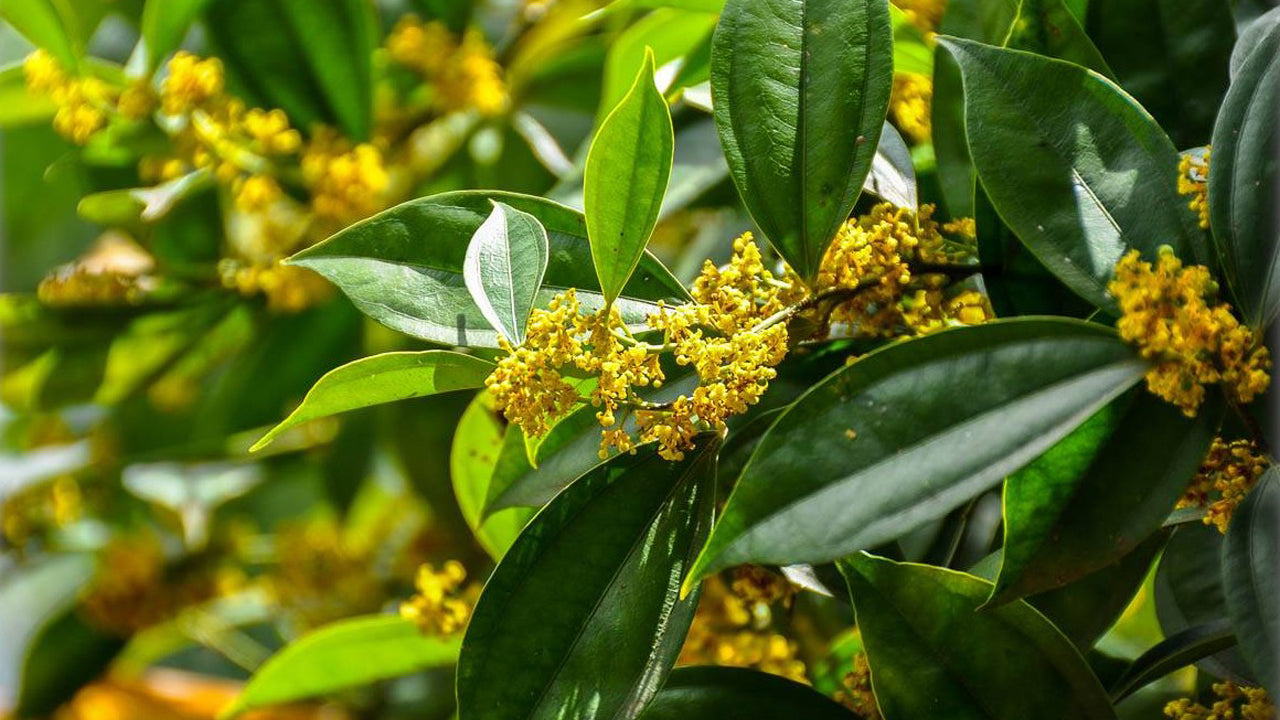
Ceylon cinnamon
Cinnamomum zeylanicum -
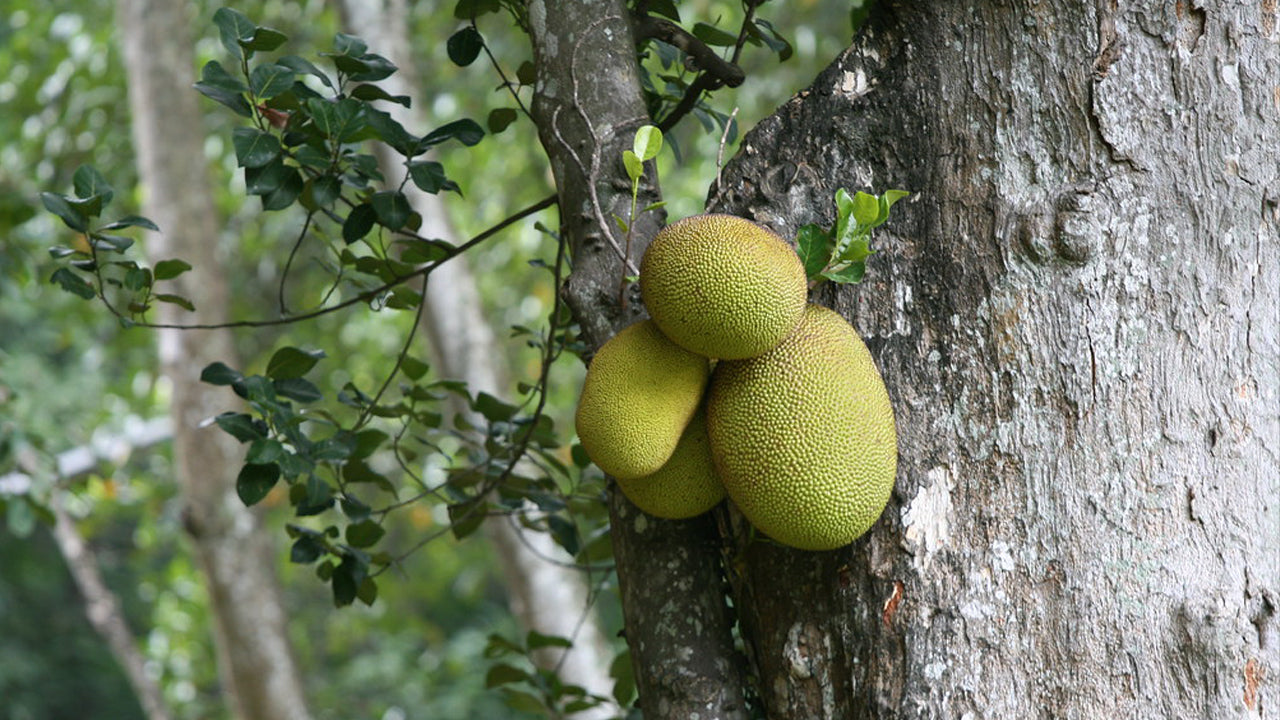
Jackfruit
Artocarpus heterophyllus -
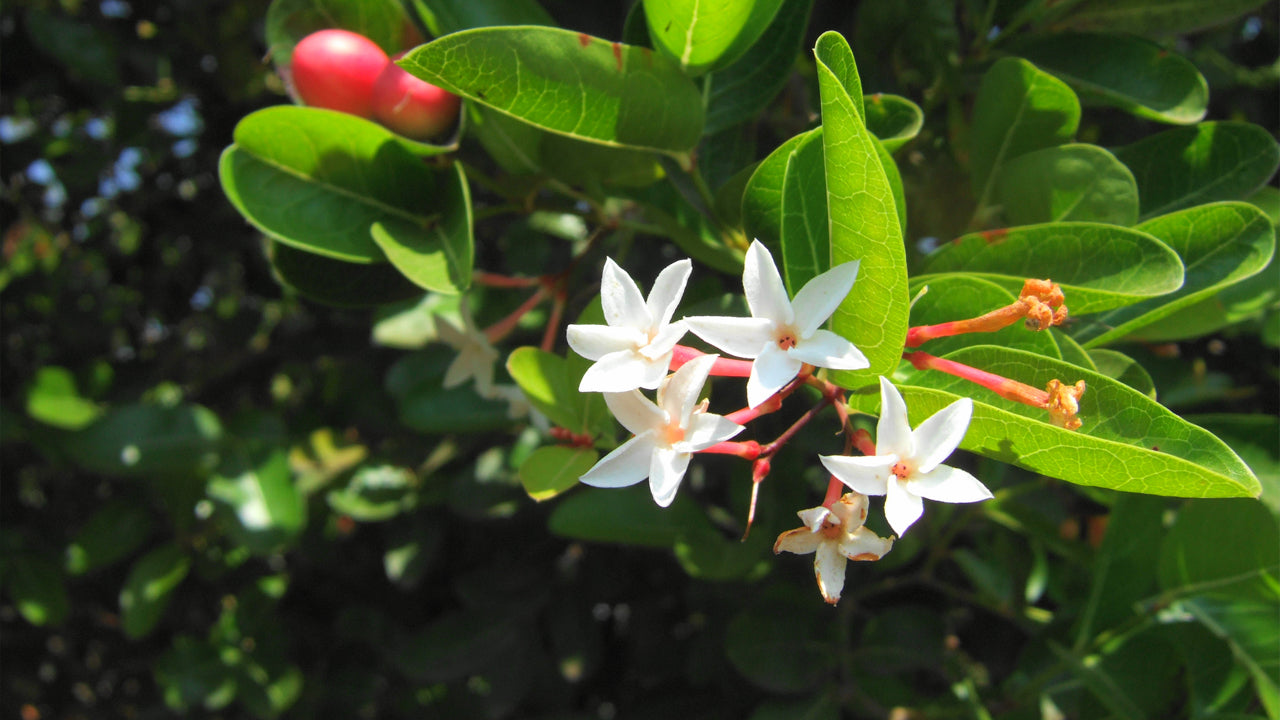
Karonda
Carissa carandas -
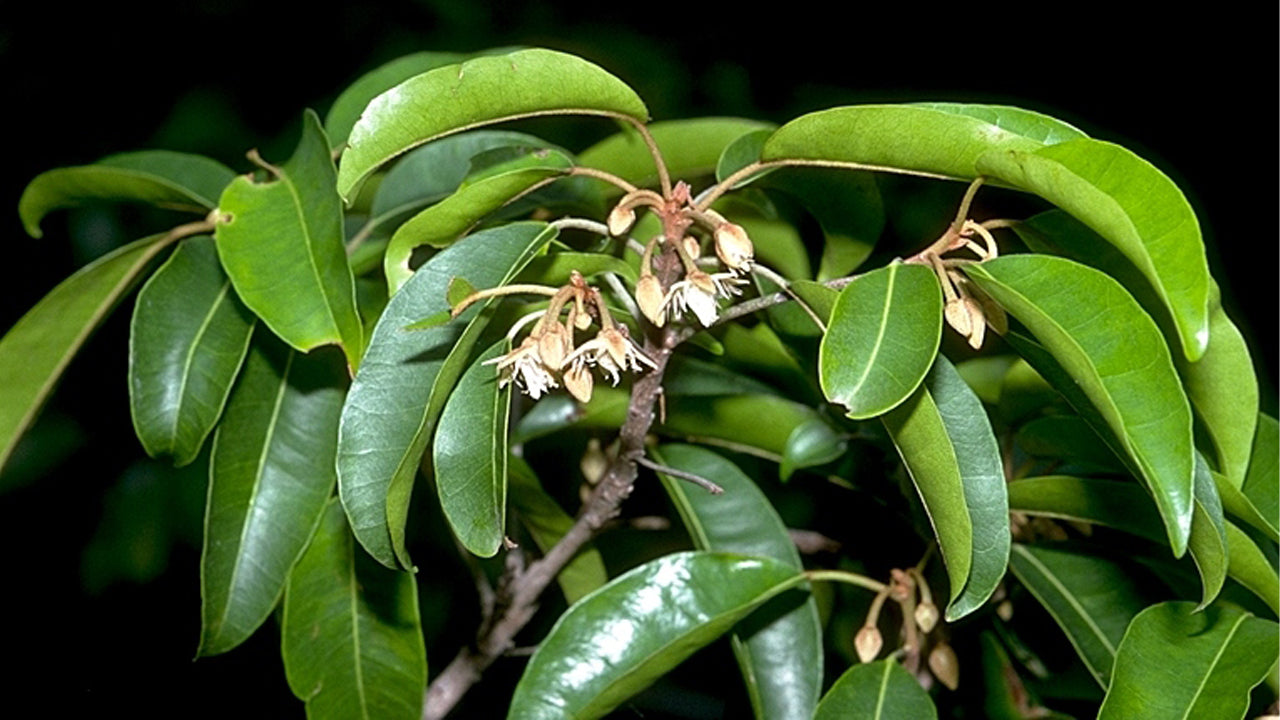
Spanish cherry
Mimusops elengi -
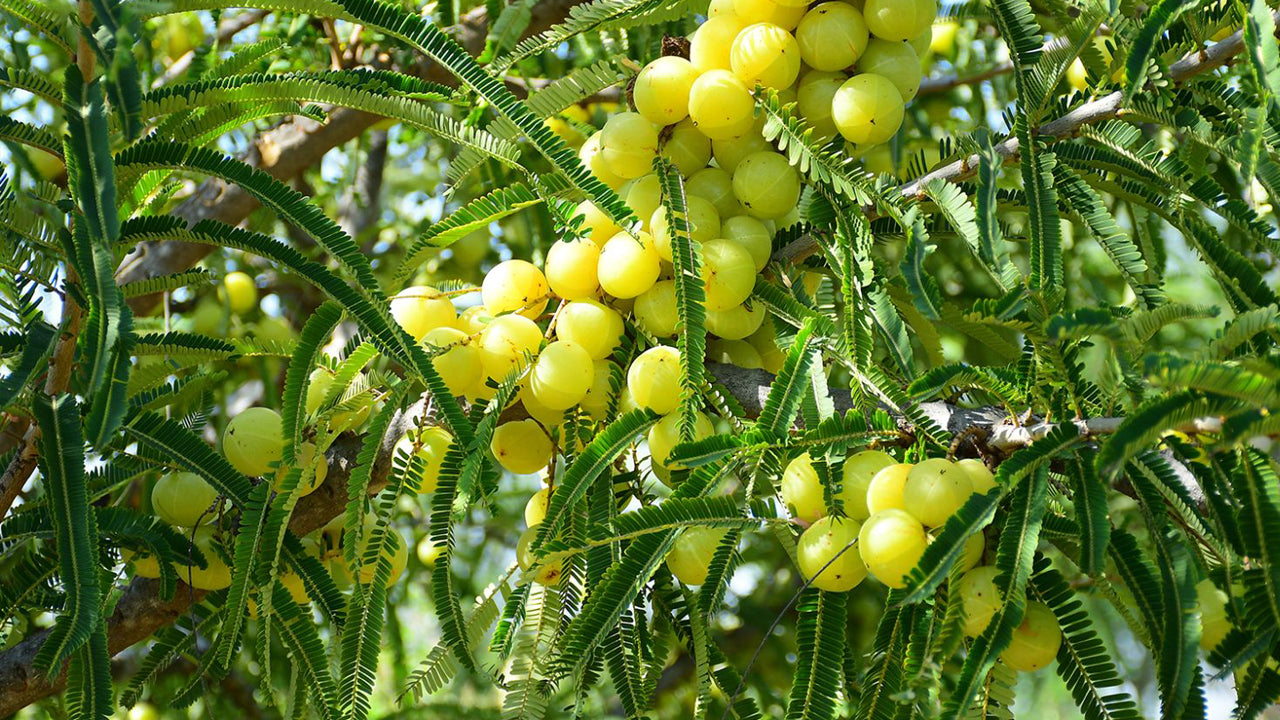
Indian gooseberry
Phyltanthus emblica -

Betel palm
Areca catechu -
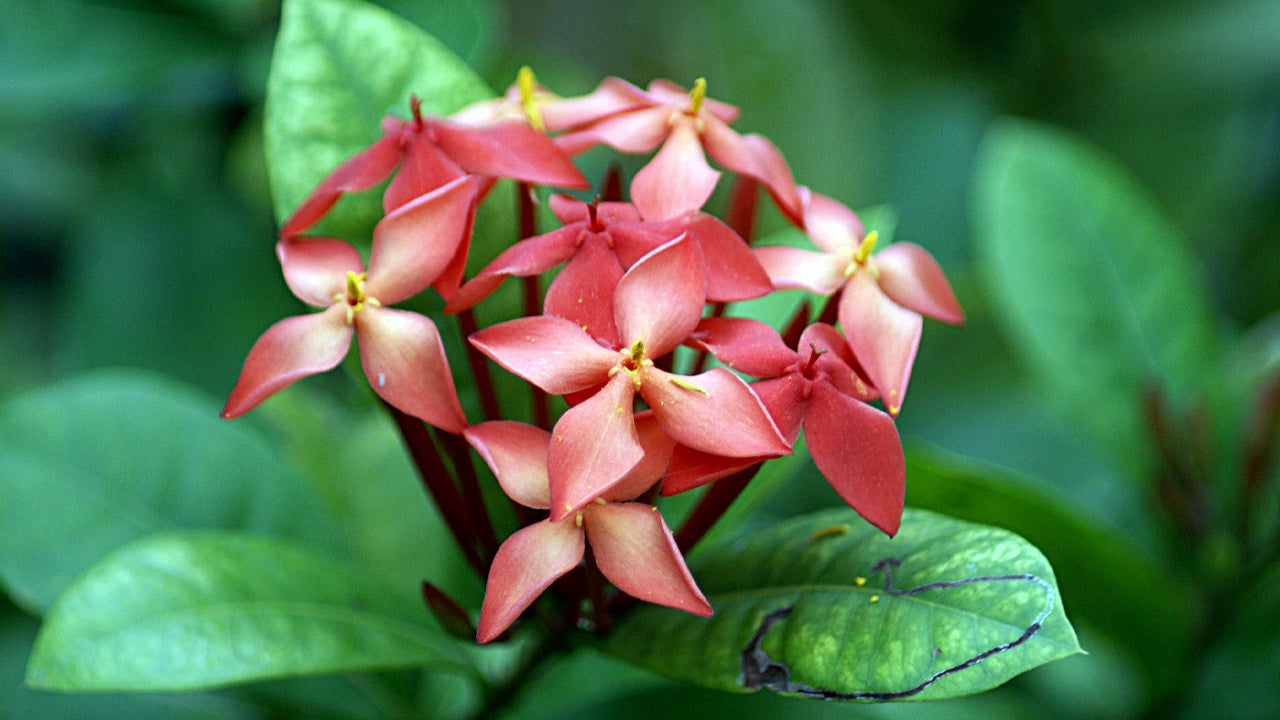
Jungle geranium
Ixora coccinea -
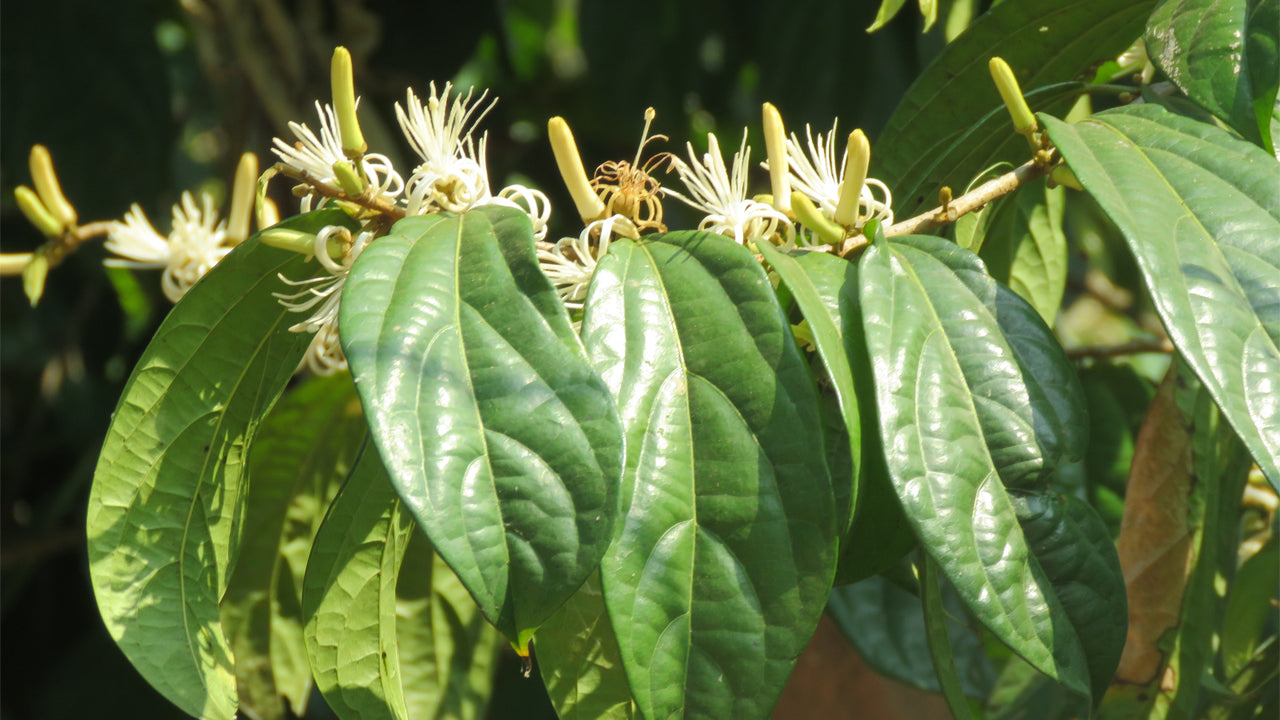
Sage-leaved alangium
Alangium salviifolium -

Champak
Michelia champaca -
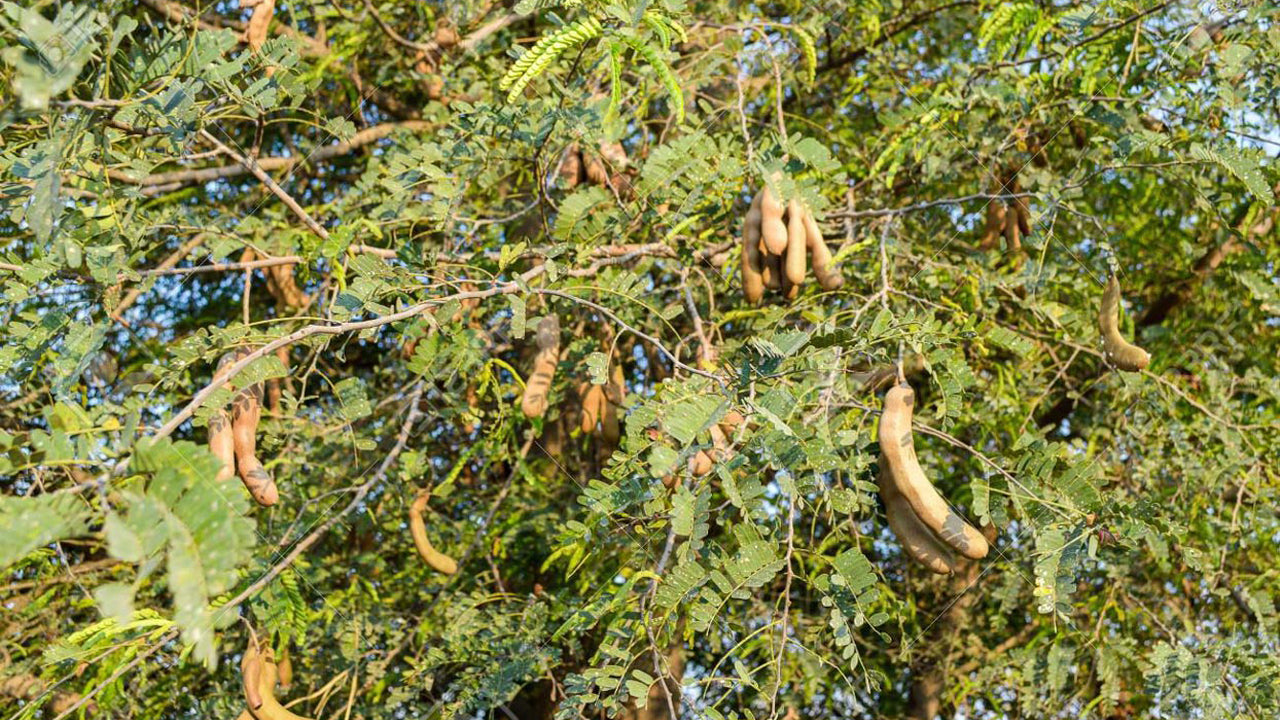
Tamarind
Tamarindus indica -
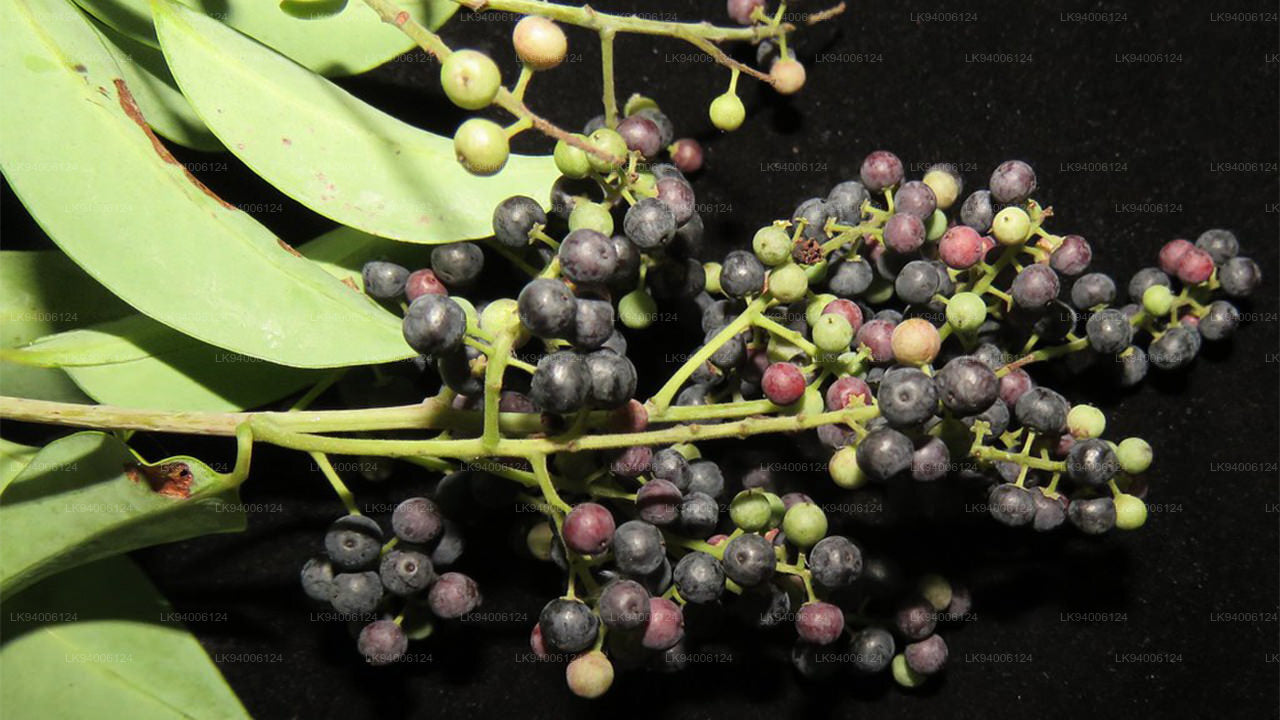
False Black Pepper
Embelia ribes -
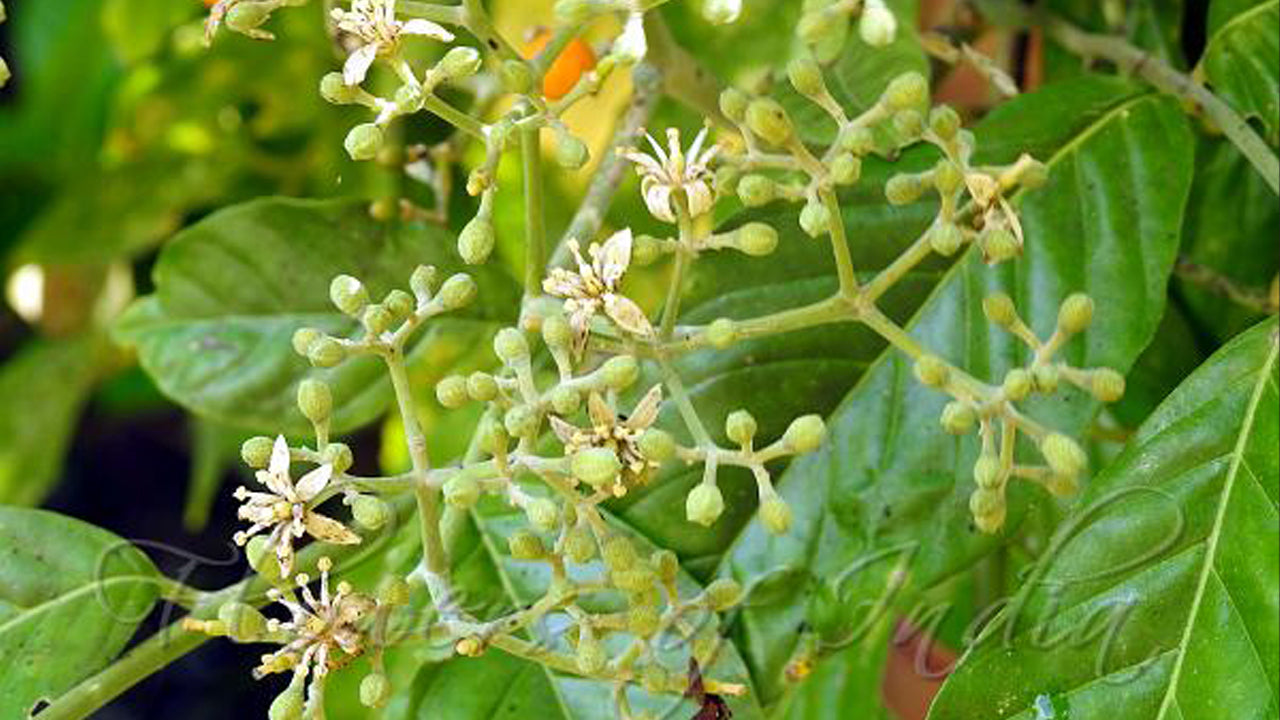
Limeberry
Micromelum ceylanicum -
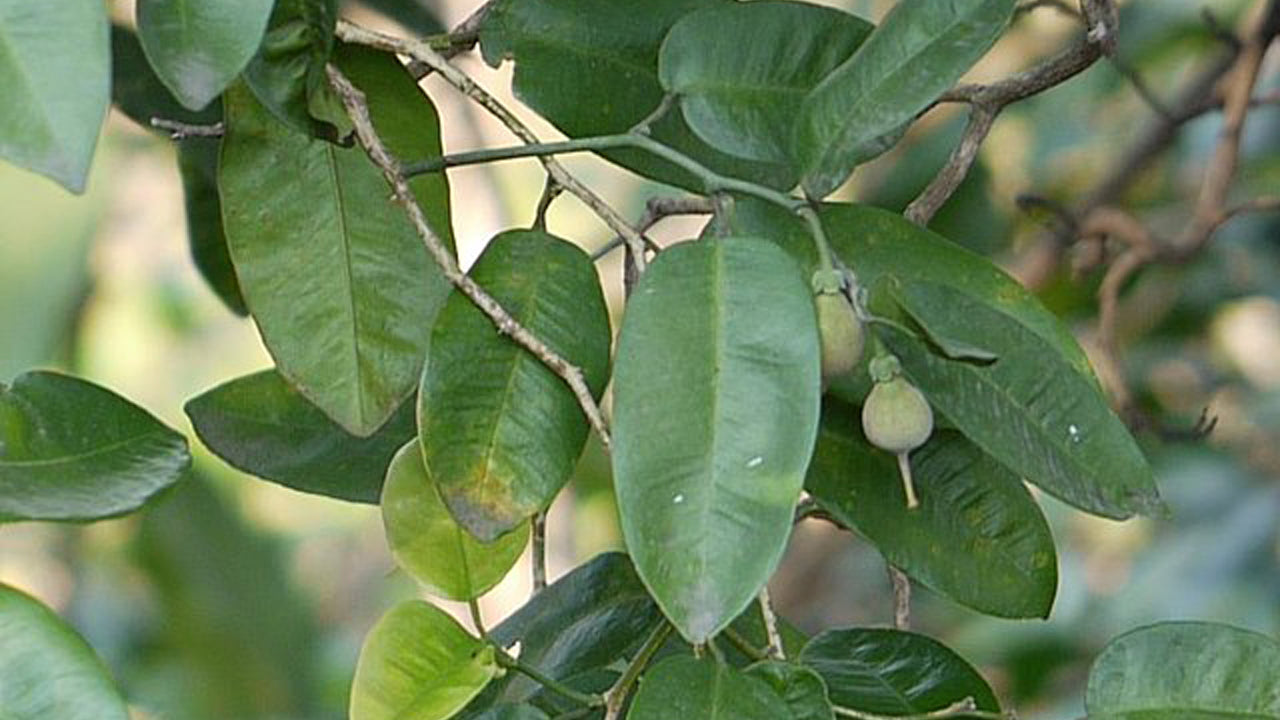
Climbing Atalantia
Paramignya monophylla
Ayurvedic and Herbal
-
Siddhalepa Ayurveda Herbal Balm
Regular price From $0.32 USDRegular price$0.38 USDSale price From $0.32 USDSale -
Lakpura® Wildcrafted Soursop (Guanabana, Graviola, Guyabano) Dehydrated Leaves Whole
Regular price From $0.78 USDRegular price$0.92 USDSale price From $0.78 USDSale -
Link Swastha Triphala
Regular price From $1.90 USDRegular price$2.25 USDSale price From $1.90 USDSale -
Sethsuwa Pranajeewa Oil
Regular price From $3.20 USDRegular price$3.80 USDSale price From $3.20 USDSale
Lakpura® Services
1
/
of
4





































